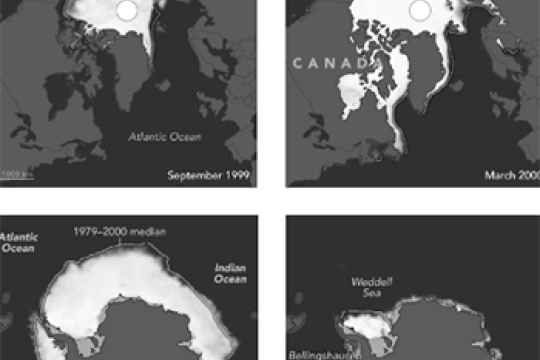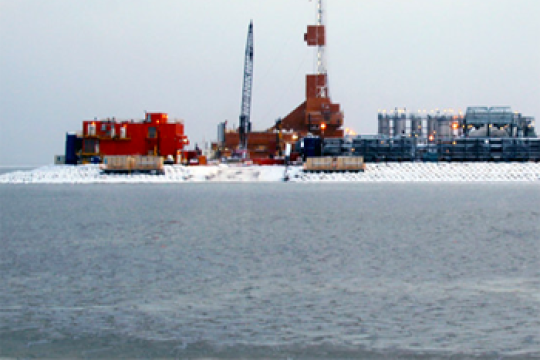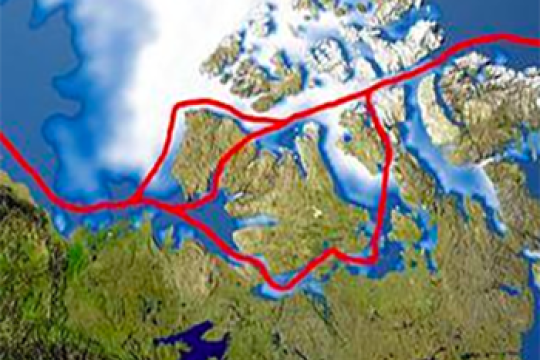SERC
Sea Ice Predictive Model
Using sea ice extent and carbon dioxide data, students make predictions about future sea ice extent using simple statistics to evaluate a linear relationship. Students compare Arctic and Antarctic conditions.
Lesson plan
Subject: Analyzing and interpreting data, Climate, Computational thinking, Sea ice
Grade Level: High School, University/college
Developer: Joceline Boucher, SERC
Using sea ice extent and carbon dioxide data, students make predictions about future sea ice extent using simple statistics to evaluate a linear relationship. Students compare Arctic and Antarctic conditions.
Lesson plan
Subject: Analyzing and interpreting data, Climate, Computational thinking, Sea ice
Grade Level: High School, University/college
Developer: Joceline Boucher, SERC
To Drill or Not to Drill? A Case Study in the Arctic National Wildlife Refuge
In a participatory problem-based activity students evaluate the impacts and benefits of drilling in the Arctic National Wildlife Refuge. Using primary sources, students learn more about the tundra ecosystem and the Arctic, conservation biology, economic and political issues surrounding ANWR, and social perspectives on drilling in a pristine environment.
Lesson plan
Subject: Ecosystems, ELA, Geopolitics, Life science, Obtaining and evaluating information
Grade Level: High School, University/college
Developer: Cassandra Runyon et al., SERC
In a participatory problem-based activity students evaluate the impacts and benefits of drilling in the Arctic National Wildlife Refuge. Using primary sources, students learn more about the tundra ecosystem and the Arctic, conservation biology, economic and political issues surrounding ANWR, and social perspectives on drilling in a pristine environment.
Lesson plan
Subject: Ecosystems, ELA, Geopolitics, Life science, Obtaining and evaluating information
Grade Level: High School, University/college
Developer: Cassandra Runyon et al., SERC
Northwest Passage
Students use Google Earth to explore changing ice conditions in the Arctic, and how these changing conditions affect shipping routes, fossil fuel extraction, geopolitics, and other Arctic issues.
Lesson plan
Subject: Analyzing and interpreting data, Climate, Geography, Geopolitics, Sea ice
Grade Level: High School, University/college
Developer: Glenn Richard, SERC
Students use Google Earth to explore changing ice conditions in the Arctic, and how these changing conditions affect shipping routes, fossil fuel extraction, geopolitics, and other Arctic issues.
Lesson plan
Subject: Analyzing and interpreting data, Climate, Geography, Geopolitics, Sea ice
Grade Level: High School, University/college
Developer: Glenn Richard, SERC


